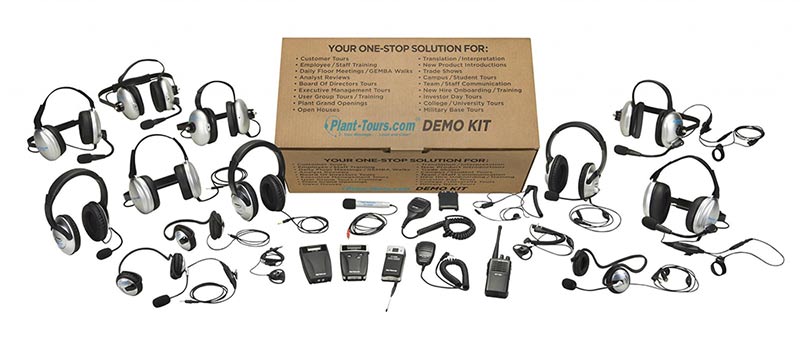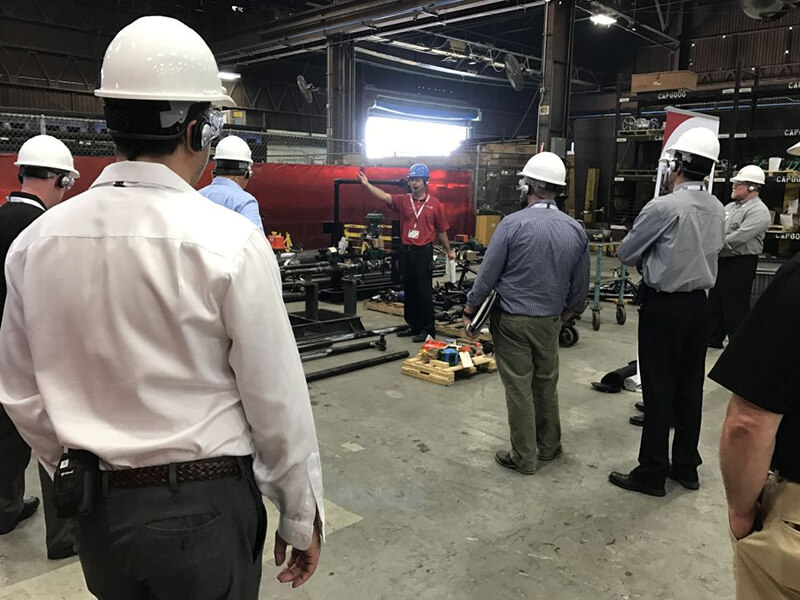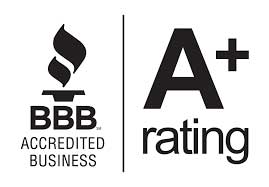In multilingual congregations, effective communication for all patrons provides an engaging and inclusive environment. Installation of proper translation devices/systems have been transforming congregations of all sizes throughout the world, and choosing the right translation devices requires careful consideration of factors like audio clarity, ease of use, range, multi-language support, and battery life.
From portable receivers to app-based solutions and dedicated systems, you can be sure to find a perfect translation solution that fits within your budget and performance goals. By balancing features, cost, and technical requirements, churches and other houses of worship can select tools that enhance accessibility and create a more connected community experience.
In the following article, we will explore some of the many possibilities available in hopes to provide you with the information you need to make an informed decision.
Understanding Translation Devices and Systems
In simple terms, translation devices convert one spoken language to another in real time. Translation devices are a critical component when communication across diverse, multicultural audiences is required. Outside of churches and other places of worship, translation devices are frequently used in business conferences, jobsites, and educational settings
How Church Translation Systems Work
The translation process involves several steps, supported by key physical components that ensure clear communication. Translation can occur either simultaneously or consecutively depending on the needs of the event/audience. Note, we will elaborate on the differences between simultaneous and consecutive translation in the next section.
- Capturing the Source Language — A microphone captures the speaker’s voice, which is either sent to a transmitter or to an interpretation booth where the interpreter can listen to the audio.
- Interpretation — Listening to the speaker’s audio through their headset, the interpreter translates the message into the target language(s)
- Transmission — As the interpreter speaks the target language into their microphone, a wireless transmitter encodes the audio. The audio is then broadcast across the designated frequency.
- Receiving the Translation — Portable receivers and headsets used by the audience can then tune into the transmission to hear the translated audio.
Each component (microphones, transmitters, receivers, and headsets, etc.) plays a vital role in ensuring clear, uninterrupted communication. Together, they create a productive system that makes multilingual participation comfortable for all attendees.
Types of Translation Devices Available for Churches

Translation devices can be divided into two general categories. There are wireless translation systems that require a physical interpreter to translate the spoken language to the target language. Alternatively, there are app-based solutions that use voice recognition software to translate a spoken language.
- With interpreter-based solutions, translation can be simultaneous or consecutive. To elaborate, simultaneous interpretation involves real-time translation while the speaker is talking, making it ideal for large-scale events like conferences where immediate understanding is beneficial.
- Consecutive interpretation occurs after the speaker pauses, allowing the interpreter to render the message, which suits smaller settings like meetings or business negotiations.
Wireless Translation Systems
Wireless translation systems streamline multilingual communication by enabling seamless interpretation for diverse audience needs, whether through one-way or two-way devices.
- One-Way Devices — These systems involve a single transmitter broadcasting a message to multiple receivers. The interpreter translates the speaker’s words, and the audience listens passively through their headsets. One-way devices are great for gatherings where audience members won’t need to speak. They are simple to set up, more affordable up front, and reduce the possibility of audience interference.
- Two-Way Devices —This style of translation device enables both transmitting and receiving, allowing for real-time communication between speakers and audience members. Attendees can ask questions or engage in discussions with interpreters, which is ideal for business settings such as interviews, plant tours, or other small group discussions.
Automatic Speech Translation Systems
Automatic speech translation systems are advanced solutions that leverage artificial intelligence and voice recognition to translate spoken language in real time. These systems are particularly effective in multilingual environments like conferences, churches, and corporate meetings. Automatic speech translation occurs through the following steps:
- Speech Recognition — AI-powered voice recognition software captures the speaker’s words and converts them into text.
- Translation — The text is processed using machine translation algorithms, such as Google Translate or similar systems.
- Speech Synthesis — The translated text is converted back into audio and delivered to listeners in their desired language through speakers or headsets.
Key Technical Features to Consider When Choosing Translation Equipment
Although there are several things to consider when finding your perfect translation system, some key technical features to review are:
- Multi-Language Support — Your congregation may benefit from a system that allows simultaneous translation in multiple languages. This is especially helpful for app-based, voice recognition systems.
- Clarity — Quality microphones and potential soundproofing/noise cancelling options can be implemented.
- Range — Choose a translation solution that has a suitable broadcast range for your space.
- Compatibility/Accessibility — Translation systems can integrate seamlessly with existing AV equipment. Adjustable audio settings on headsets, and app-based solutions with closed-captioning for impaired individuals should also be considered.
Making the Final Decision — Tips and Recommendations

In order to make the most informed decision possible when choosing a translation system, it’s critical to consider the following items:
Audience & and Event Type
- Determine the number of languages that require translation.
- Consider audience size. Larger gatherings may need scalable systems like wireless receivers, while smaller groups might benefit from app-based or two-way systems.
- Assess accessibility requirements, such as captioning for attendees who are Deaf or hard of hearing.
- For hybrid or virtual events, opt for platforms that easily integrate with video conferencing tools.
Budget and Necessary Features
- Start with a basic setup if resources are limited, such as portable receiver systems.
- If you are anticipating growth or additional language needs, choose systems that can be easily scaled.
- Look for clear audio quality, low latency, and broad frequency range for uninterrupted service.
Test and Review Feedback
- Request demos or trial periods to ensure the system meets your needs.
- Conduct live tests with small groups to check clarity, coverage, and user-friendliness.
- Engage your congregation in the decision-making process to understand their preferences and challenges.
By carefully evaluating these factors, you can select a translation system that promotes inclusivity and enhances engagement for all attendees. If you have any questions, our team is here to help.








